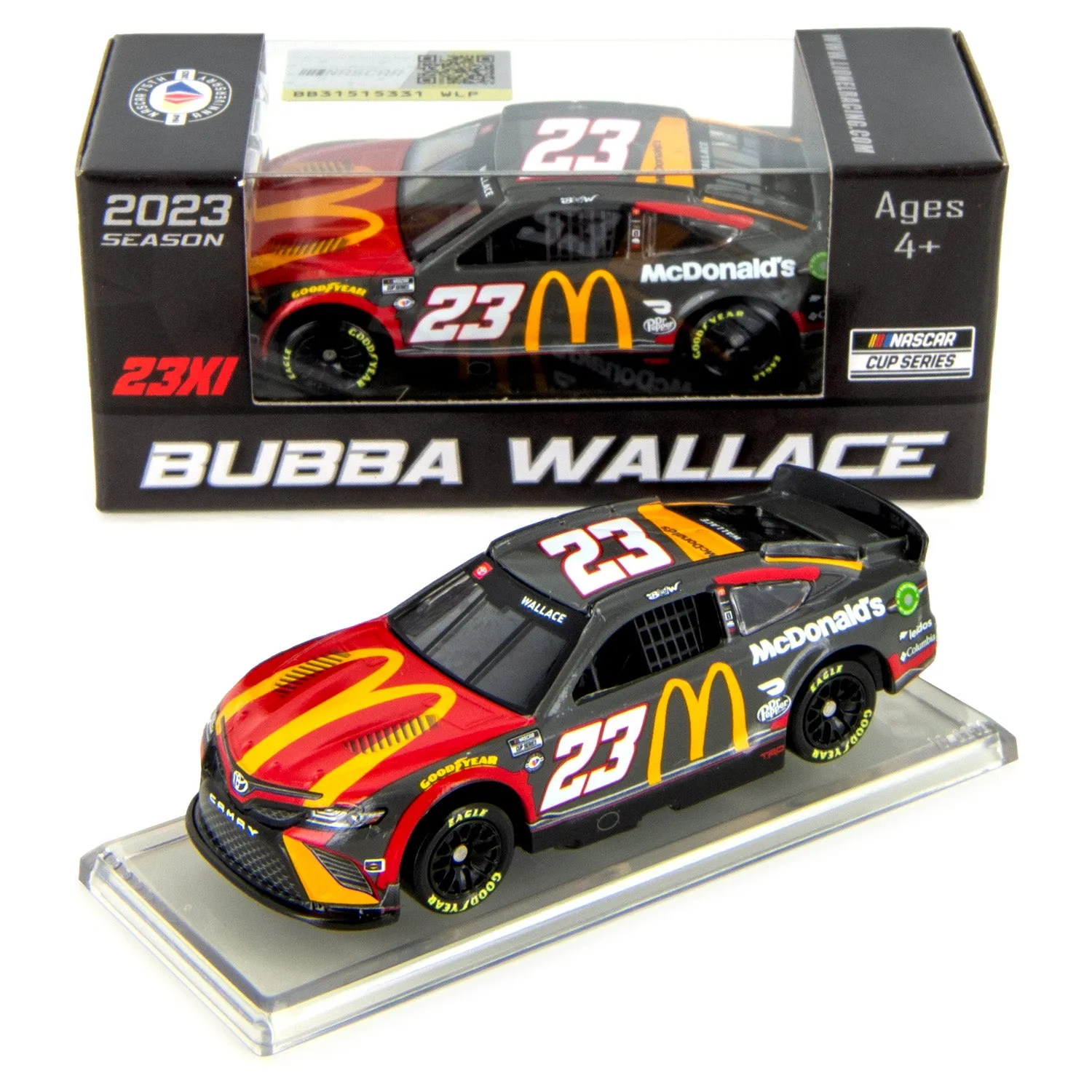What is 1 64 Scale
The world of diecast cars is filled with various scales, but one of the most popular is 1 64 scale. But what does this term truly mean? In simple terms, 1 64 scale signifies that the model car is 1 64th the size of the real-life vehicle. This means that for every 1 inch on the model, there are 64 inches (or approximately 5.3 feet) on the actual car. This particular scale has become a favorite among collectors and hobbyists due to its balance of detail, size, and affordability. It allows for intricate detailing while still remaining compact enough to be easily displayed and stored. The 1 64 scale is also widely adopted by major manufacturers, making it easy to find a vast array of vehicles from different eras and manufacturers.
The Origins of 1 64 Scale Cars
The history of 1 64 scale diecast cars is intertwined with the evolution of the diecast toy industry itself. The initial production of diecast models emerged in the early to mid-20th century, primarily using materials like lead and, later, zinc. The popularity of these miniature vehicles grew steadily, fueled by the need for affordable toys during and after the Second World War. The 1 64 scale emerged as a standard size that provided a good compromise between detail and cost. The scale’s adoption was accelerated by the increasing demands for realism in toy vehicles. The industry constantly innovated in manufacturing techniques and materials to improve the models’ appearance and durability. This scale became very popular across different brands, cementing its place in the world of collectible toys.
Factors Influencing the Size of 1 64 Diecast Cars
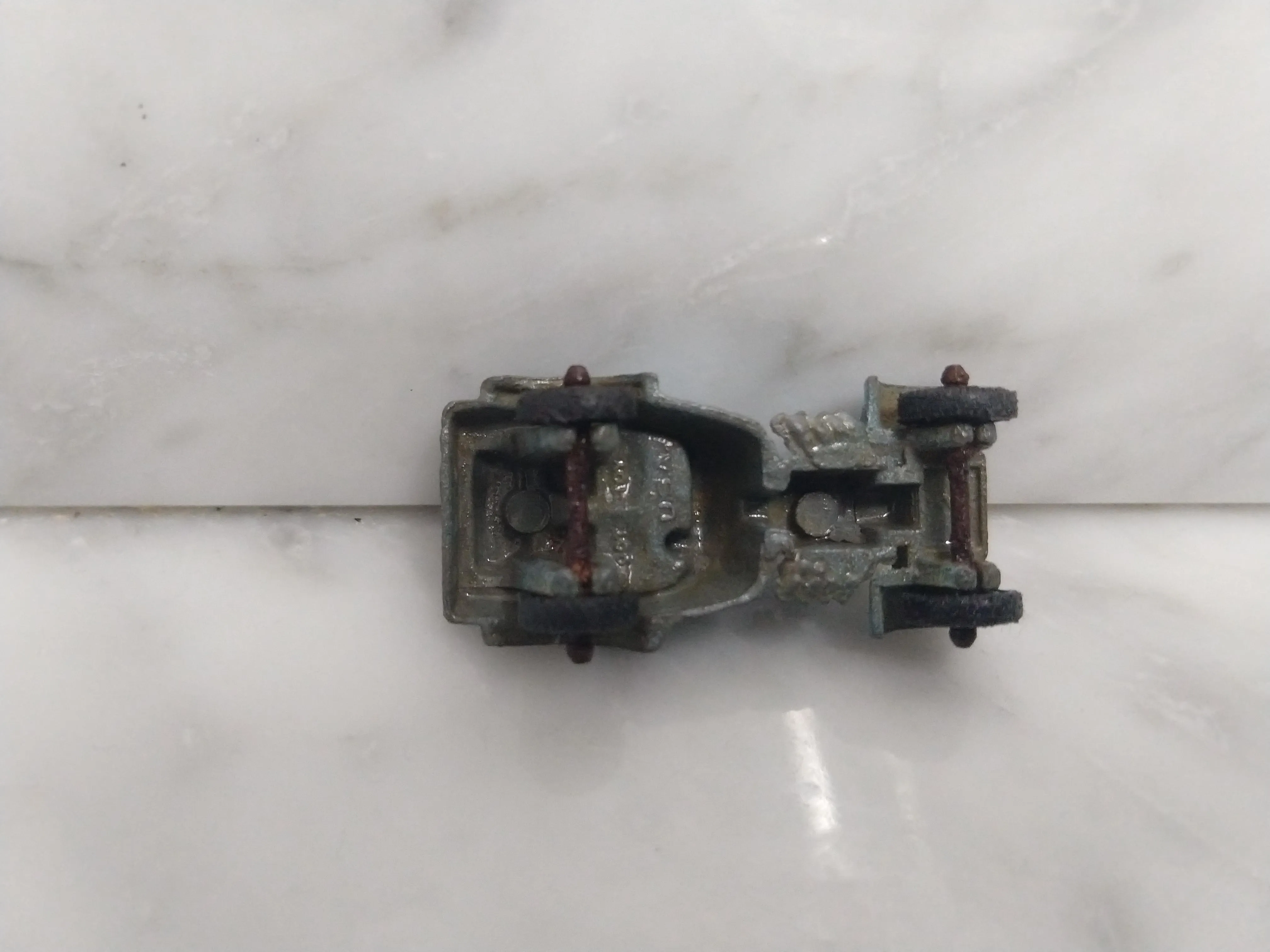
While the 1 64 scale offers a consistent size relationship to the real vehicle, several factors can influence the exact dimensions of the diecast cars. One crucial factor is the accuracy of the model; more expensive and detailed models often strive for higher precision, sometimes resulting in slight variations from the nominal 1 64 scale. Variations can also occur due to the design of the original car, like the specific details and shapes. In addition, manufacturing tolerances play a role, as slight variations can happen during the casting and assembly processes. Finally, the materials used in the construction, such as the thickness of the metal or the design of plastic components, contribute to the overall size. Despite these variations, the 1 64 scale maintains a recognized standard, making it easy for collectors to display and compare models across different brands and series.
Materials Used in 1 64 Scale Car Production
The materials used in creating 1 64 scale diecast cars play a significant role in their quality, durability, and appearance. The primary material is diecast metal, typically a zinc alloy. This material is easy to mold into intricate shapes and provides the weight and feel that many collectors appreciate. Different types of plastics are also used for various components, like interior details, windows, and certain exterior elements. Rubber is extensively used for tires, providing a realistic look and feel while allowing the wheels to roll smoothly. The combination of these materials enables manufacturers to create highly detailed and accurate models that are both robust and visually appealing. The choice of materials also affects the overall cost and, to some extent, the value of the model. High-end models frequently use better-quality materials and more detailed finishing processes.
Plastic
Plastic components are a common feature in 1 64 scale cars, serving many purposes. Plastics are used for interiors, dashboards, seats, and other internal details, providing intricate designs and textures. Windows are often made from clear plastic, providing a view of the interior. Plastic is also used for exterior elements such as mirrors, spoilers, and other aerodynamic features. Its versatility allows for various shapes and finishes, including smooth, textured, or transparent parts. The use of plastic keeps costs down while allowing for detailed features that would be difficult or expensive to achieve with other materials. However, the quality of the plastic can vary, affecting the durability and the overall look of the model.
Metal
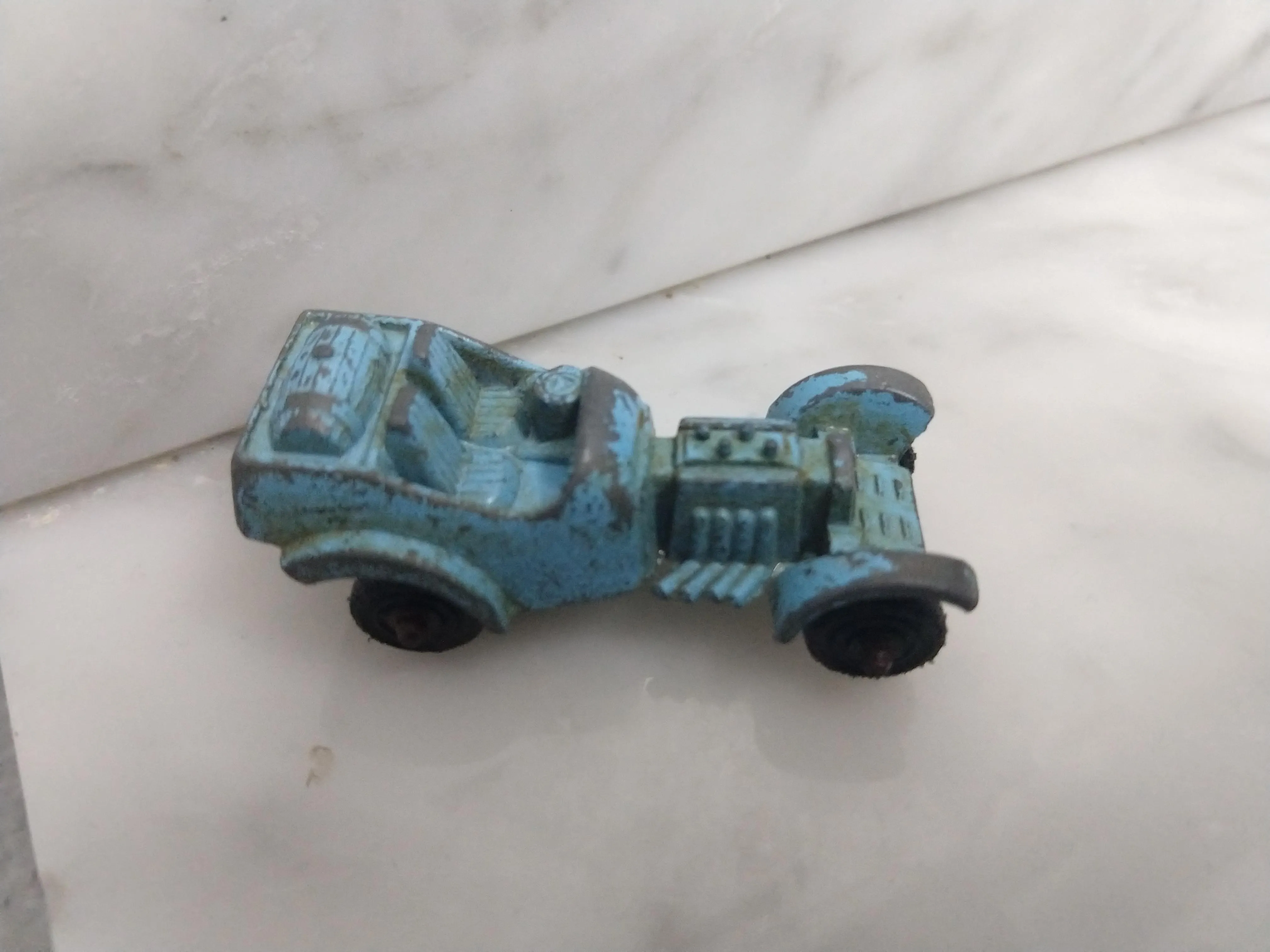
Metal, typically a diecast zinc alloy, forms the core structure of most 1 64 scale cars. The metal is essential for the car’s body, chassis, and sometimes larger components like engines. Diecast metal provides weight, durability, and the ability to capture fine details. The manufacturing process involves injecting molten metal into molds, creating a very accurate representation of the vehicle’s design. After the metal cools and solidifies, the part is removed and finished with paint and other detailing. The use of metal gives the models a premium feel, and the weight adds to the realism. Quality metal can also withstand years of handling and display.
Rubber
Rubber is a key element in 1 64 scale cars, primarily used for the tires. Rubber tires provide a realistic appearance and contribute significantly to the overall look of the model. They enable the wheels to roll smoothly, enhancing the playability and display appeal. The type of rubber used can vary, with some manufacturers using softer rubber for a more realistic feel and grip. The design of the tires, including tread patterns and sidewall details, further contributes to the overall realism of the models. Rubber tires also offer a tactile element, adding to the satisfaction of handling these miniature vehicles.
Common Features of 1 64 Diecast Cars
The attention to detail is what sets 1 64 scale diecast cars apart, with several common features contributing to their realism. Most models replicate the features of real-world vehicles. These features make collecting more appealing, as each car can be assessed to determine its authenticity and value. Some are common across all brands while others are exclusive to certain brands. The common features are crucial for the overall appearance and appeal of these miniature cars.
Wheels and Tires
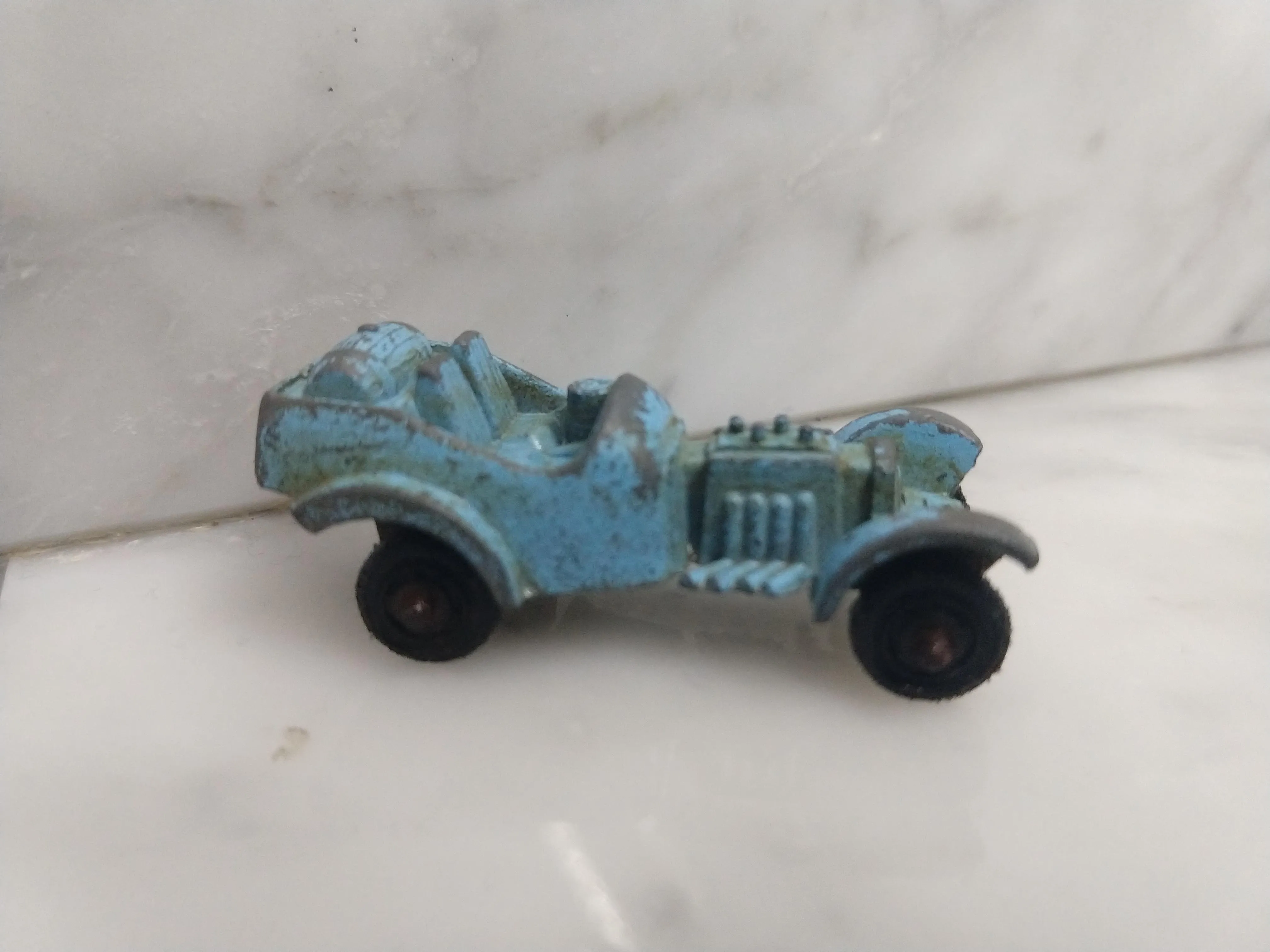
Wheels and tires are a major focus, with manufacturers paying close attention to accuracy and realism. The wheels are often made of metal or plastic and can feature detailed designs, including simulated lug nuts and hubcaps. Tires are usually made of rubber, and they are designed with realistic tread patterns, sidewall details, and sometimes even the brand names and tire sizes. The overall design of the wheels and tires significantly impacts the look and feel of the model, contributing to its authenticity and appeal.
Detailed Interiors
Detailed interiors are another defining feature of these models, where the designers try to replicate the inside of the real vehicle. These include seats, dashboards, steering wheels, gear shifters, and often even details like seatbelts and instrument panels. The level of detail varies depending on the model and manufacturer, with some models featuring intricate designs and even the color schemes of the original vehicles. This level of detail enhances the model’s collectibility and makes them more appealing to collectors.
Paint and Finish
Paint and finish are important parts of the overall look and feel of the cars. The paint is generally high-quality, and the finish can range from glossy to matte, accurately replicating the original vehicle’s appearance. Metallic and pearlescent paints are also used, adding to the visual appeal. Besides, the paint job may have features like stripes, decals, and other details to make the car more authentic.
The Appeal of Collecting 1 64 Scale Cars
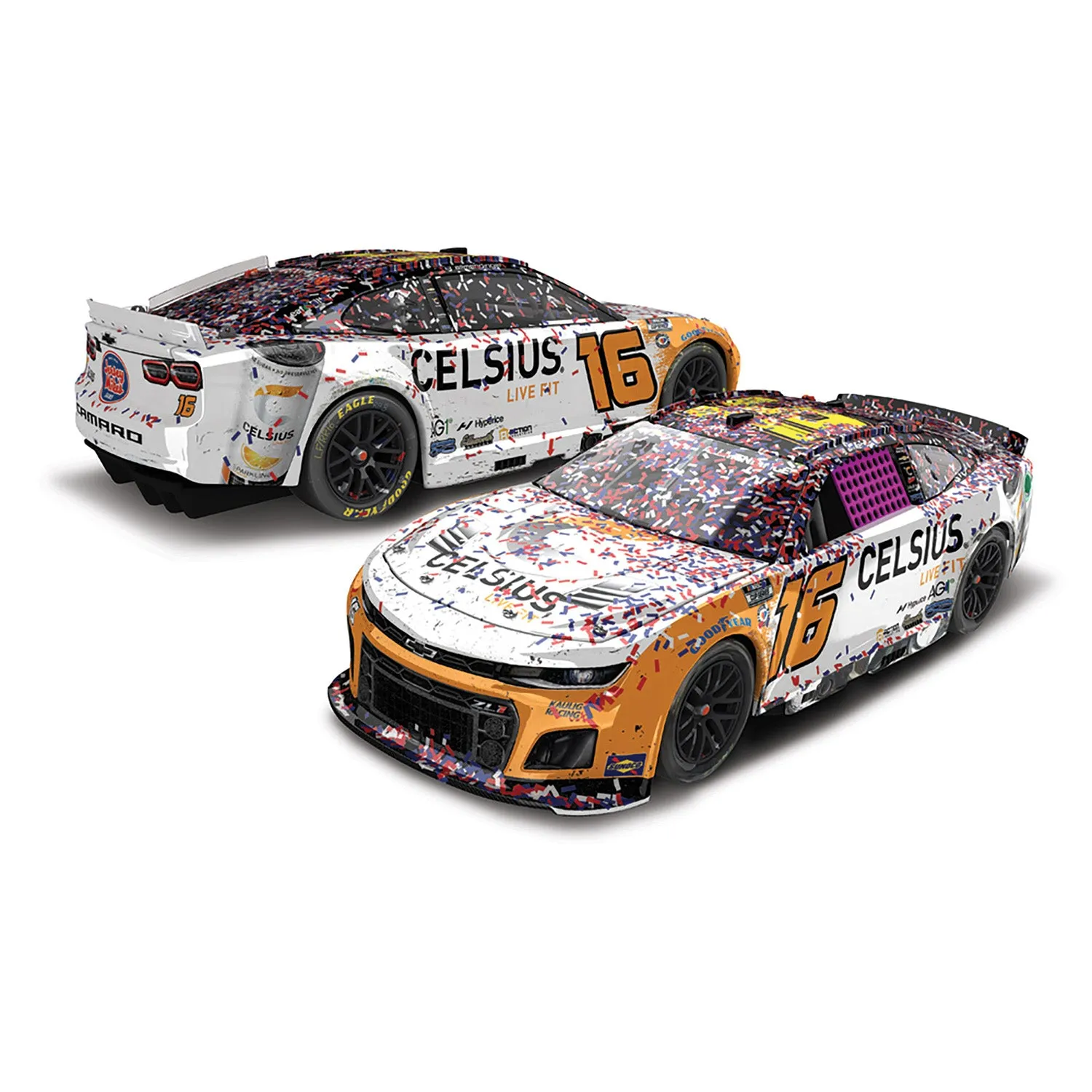
Collecting 1 64 scale diecast cars is a hobby enjoyed by enthusiasts worldwide. Several factors contribute to their widespread appeal, making it an attractive pursuit for people of different backgrounds and interests. The hobby offers various benefits, from the ability to own a miniature collection to the social interaction it brings. The appeal of this hobby is due to the variety of models and the accessibility of starting a collection.
Accessibility and Affordability
One of the biggest draws of collecting 1 64 scale diecast cars is their accessibility and affordability. These models are generally cheaper than other collectibles or larger-scale diecast cars, which makes them easy to collect. Many models are readily available in stores and online, making it easy to find new additions to your collection. The affordability allows collectors to acquire a wide range of models without a significant financial investment. This allows collectors to start their collections without breaking the bank.
Variety and Collectibility
The variety of models available is another major factor in the appeal of collecting. With thousands of different models available from various brands, eras, and vehicle types, there’s something to appeal to every collector’s taste. Collectors can specialize in specific brands, types of vehicles (such as sports cars, trucks, or vintage models), or even specific eras. Besides, many models are limited editions or are considered rare, making the thrill of the hunt and the joy of finding a valuable piece. This wide range of choices keeps collectors engaged, with many new models being released.
